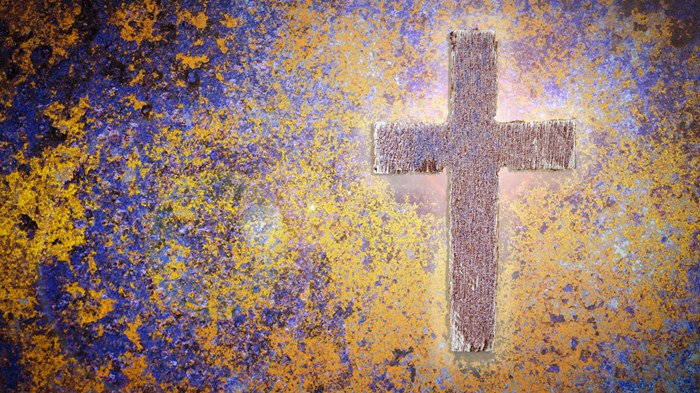Early Christians used a wide variety of symbols to express their faith. The second-century Christian teacher Clement of Alexandria identified a dove, a fish, a ship, a lyre, and an anchor as suitable images to be engraved on Christians' signet-rings (or seals). Archaeologists have discovered a gold finger-ring from the third or fourth century that depicts an anchor, cross, lamb, shepherd, dove, and the abbreviation for Christ.
One of the best known early Christian symbols, because of its modern revival, is the fish. Some early Christians made the Greek word for fish, ichthus, into an acronym for "Jesus Christ, God's Son, Savior." (See "The Original Christian Bumper Sticker" by Collin Hansen.) Tertullian, a theologian writing at beginning of the third century, interpreted this practice as a symbol of baptism: "But we small fishes, named after our great ICHTHUS, Jesus Christ, are born in water and only by remaining in water can we live."
The symbol of the anchor, with its crossbar, resembles a cross. An anchor and two fish (probably from the third century) occur together on a grave slab in the catacomb of Domitilla in Rome. (Read more about the anchor as a Christian symbol here.)
Writings from the early church show how central the cross was to Christian preaching and confession. Moreover, Justin Martyr, a Christian apologist writing in the 150s–160s, argued that God had providentially put the shape of the cross in everyday objects, such as the masts of ships, tools like the plough and the axe, and the standards of Roman legions. Christians would often pray standing up with their arms stretched out in the form of a cross. As early as the 200s, Christians were making the sign of the cross ...







